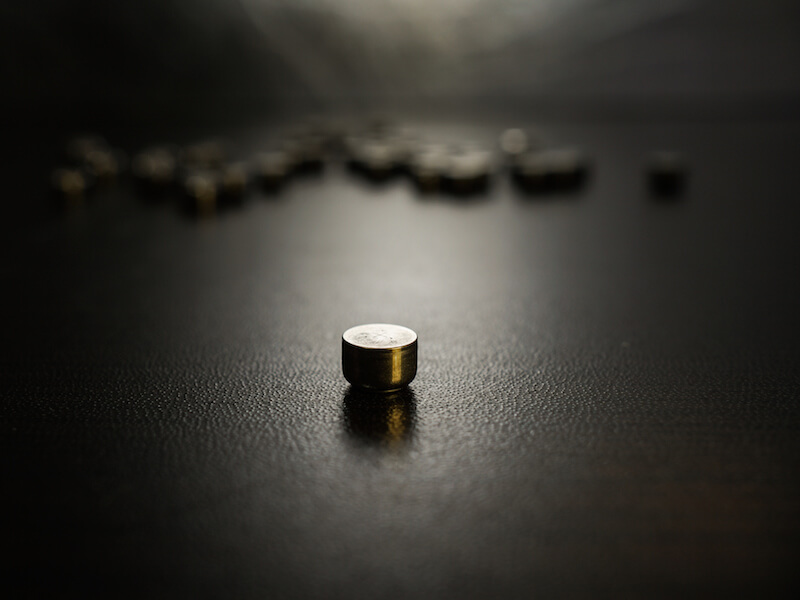
From phones to cameras to music players, how we power our electronics has evolved. A robust, rechargeable hearing aid battery is finally living up to the hopes of hearing aid makers to replace the antiquated disposable power sources of the past.
Disposable hearing aid batteries have historically been the power source of choice among manufacturers, with size 312 batteries being one of the more common battery types. The most popular form of this battery, now, is “zinc-ion”.
The Drawback to Disposable Hearing Aid Batteries
The presence of air effects a zinc-air battery, as the name suggests. The user has to tear a small tab off the back of a 312 zinc-air battery to activate it.
As soon as it is fully oxygenated, it begins to lose power. That means power is beginning to deplete whether the user is ready for it or not.
The biggest disadvantage to disposable batteries, for most users, is how short they last. With 312 batteries, the user could be replacing the batteries in their hearing aids about 120 times per year because they die in 3 to 12 days according to some reports.
That also means users may need to purchase 120 batteries, spend the time twice every week to change them, and correctly dispose of each. That’s probably over $100 in batteries from a cost perspective alone.
Improvements in Rechargeable Batteries
Rechargeable hearing aid technology has progressed to the point where it’s now a practical option and that’s great news for individuals who use hearing aids.
Studies have shown that most individuals overwhelmingly prefer to wear rechargeable hearing aids. Until now these models have historically struggled to provide a long enough charge to make them practical. However, recent developments now allow a full day of use per charge.
Rechargeable batteries won’t save users substantial amounts of money, but they will make quality of life better.
In addition to providing 24 hours of charge time, these contemporary models result in less aggravation for the user, since there’s no more swapping and properly disposing of batteries. They simply need to put the battery on the charger.
A disposable battery approaching the end of its life simply can’t function at full capacity. And you can’t tell how close the battery is to failing. Consequently, users chance putting themselves in a situation where their battery could die at a crucial time. Not only is this a safety concern, but users may miss out on significant life moments because of a dead battery.
Hearing Aids Come in Different Types
Rechargeable batteries come in various different materials, each providing unique advantages. The ability to hold a charge for 24 hours is one reason why integrated lithium-ion batteries are one worthwhile option that manufacturers provide. You might be surprised to know that this same type of technology is what charges and powers your cellphone.
Another type of contemporary rechargeable battery is a silver-zinc. Initially, these revolutionary batteries were developed for Nasa’s moon missions. You can even use this technology to upgrade and retrofit the existing hearing aids you’re comfortable with by changing the device to rechargeable power. These batteries, like lithium-ion, will also last all day before needing to be recharged.
Some models even let you recharge the battery without removing it. During the night, or at some other time when the hearing aid isn’t in use, the entire hearing aid can be put directly into the charger
While each of these rechargeable strategies provides substantial advantages over disposable batteries, each option should be carefully vetted to get a complete picture and to see if it’s best for you.
If you’re looking for more information about hearing aid technology or how to select the proper hearing aid to meet your needs, we encourage you to look at our hearing aids section.